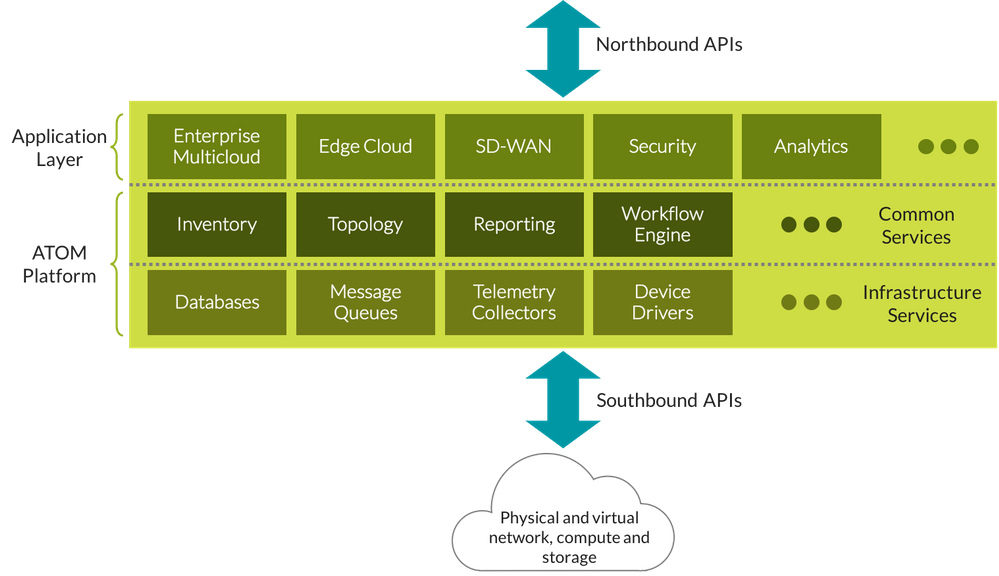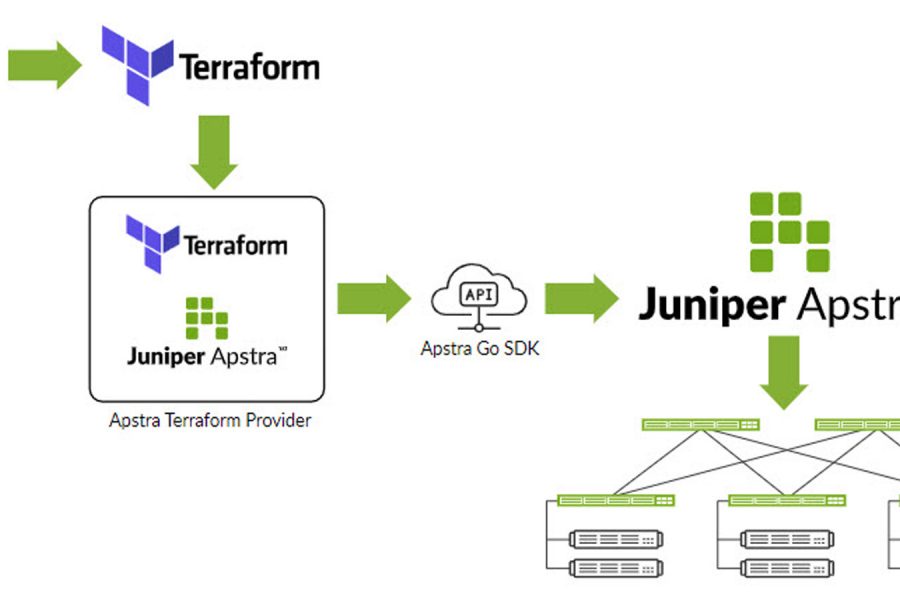Demands on scale, reliability and agility have multiplied in large magnitudes in the multicloud era, resulting in new design principles such as scale-out architectures, solutions built from best-of-breed open and disaggregated components, and virtualized network infrastructure and virtual network functions. This in turn has led to more complex networks—so complex, in fact, that manual, device-level management is no longer feasible.
Automation is now required to ensure survival, using network controllers as a way to abstract away complexity and simplify operations. Given how critical the role of the controller has become, the right controller software design and implementation has become an imperative.
Juniper Networks® Contrail is a product family of versatile and multi-function controllers with applications like secure and automated multicloud connectivity, SD-WAN and SD-Branch orchestration and edge cloud networking. These solutions address a diverse set of customer segments and use cases, including enterprises migrating data and workloads to public clouds, telcos looking to leverage their distributed POPs to offer low-latency services and enterprises providing secure multi-site and site-to-cloud connectivity.
The network architectures deployed to realize these services may include scaled-out QFX Series switch fabrics with EVPN-VXLAN overlays segmented with security policies. Or maybe they include physical connectivity end points such as SRX Series or MX Series gateways at the edges of an enterprise network connected with IPSec tunnels to virtual end points such as vSRX virtual firewalls or public cloud native gateways. Contrail automates the details of network implementation, letting operators focus on the intent behind their service outcomes, thereby hiding complexity.
A Modern and Modular Platform Architecture
At its core, Contrail is a platform designed to provide analytics, telemetry, orchestration and management (ATOM) capabilities. All of its applications need capabilities like:
- A translation engine to map provisioned intents into low-level configuration
- Security and network policy management
- Identity and access management
- High availability through resilient architecture and disaster recovery
- Event-driven job execution, deployment execution and upgrade management
- API servers and service discovery
- Databases for different kinds of storage
- Telemetry collection, analytical processing and rule engines
- Real-time pub-sub message buses
In addition to infrastructure components, the platform also provides a library of commonly used service primitives such as inventory management, a service placement engine, report generation and more.
Contrail products are created by combining platform capabilities, service primitives and application-specific functionality into workflows that deliver the desired outcome. These applications use a built-in workflow engine or open source third-party tools such as Ansible or Terraform.
The engineering principles upon which the ATOM platform is built include a declarative and intent-driven architecture, a layered system design, models for all data representation, modular, containerized software components, and RESTful- and gRPC-based APIs.
Finally, the platform’s packaging, leveraged by all Contrail software, supports a variety of deployment models such as PaaS or based in an appliance, on premises and on public cloud. Applications may be packaged alone, each using an instance of the platform, or combined with other applications, all leveraging a single instance of the platform.

While customers who deploy Contrail applications will be largely unaware that they are powered by the underlying ATOM platform, they will experience its benefits in very tangible ways. Here are just a few of the advantages of having one platform.
First, they will enjoy a uniform operational experience regardless of the products or applications they use. One platform makes for a shorter learning curve and faster time to deployment for operations staff.
Second, inter-related applications developed on one platform share common data such as inventory and topology, resulting in greater operational consistency. For example, an application built to enforce Junos OS version consistency across devices in a data center would use the same inventory data as the Contrail Enterprise Multicloud application. The inventory consistency among applications creates simplicity for operators with straightforward correlations, cross-references and relationships between applications.
Third, leveraging one common platform results in a leaner application footprint, significantly reducing compute and storage costs—savings that grow with each new application deployed.
Fourth, customers automating their operations will have consistency across use cases and places in the network. A common set of base APIs in one singular platform provide portability for automated tooling and familiarity for those creating them.
The Power of One
A platform approach to networking software development is not new to Juniper. Junos® OS powers all Juniper devices across a wide range of domains including core and edge (PTX Series and MX Series platforms), metro (ACX Series), data center (QFX Series), campus and branch (EX Series and NFX Series) and security (SRX Series). By using exactly the same design approach to address different requirements, Junos OS provides our customers with a consistent and predictable experience.
At Juniper, we’re bringing the same proven platform design principles to our software products, especially SDN orchestration. In the multicloud era, where network operational efficiency will decide the winners and losers, we believe that Contrail on the ATOM platform delivers the industry’s best portfolio of applications for network analytics, telemetry, orchestration and management.

























